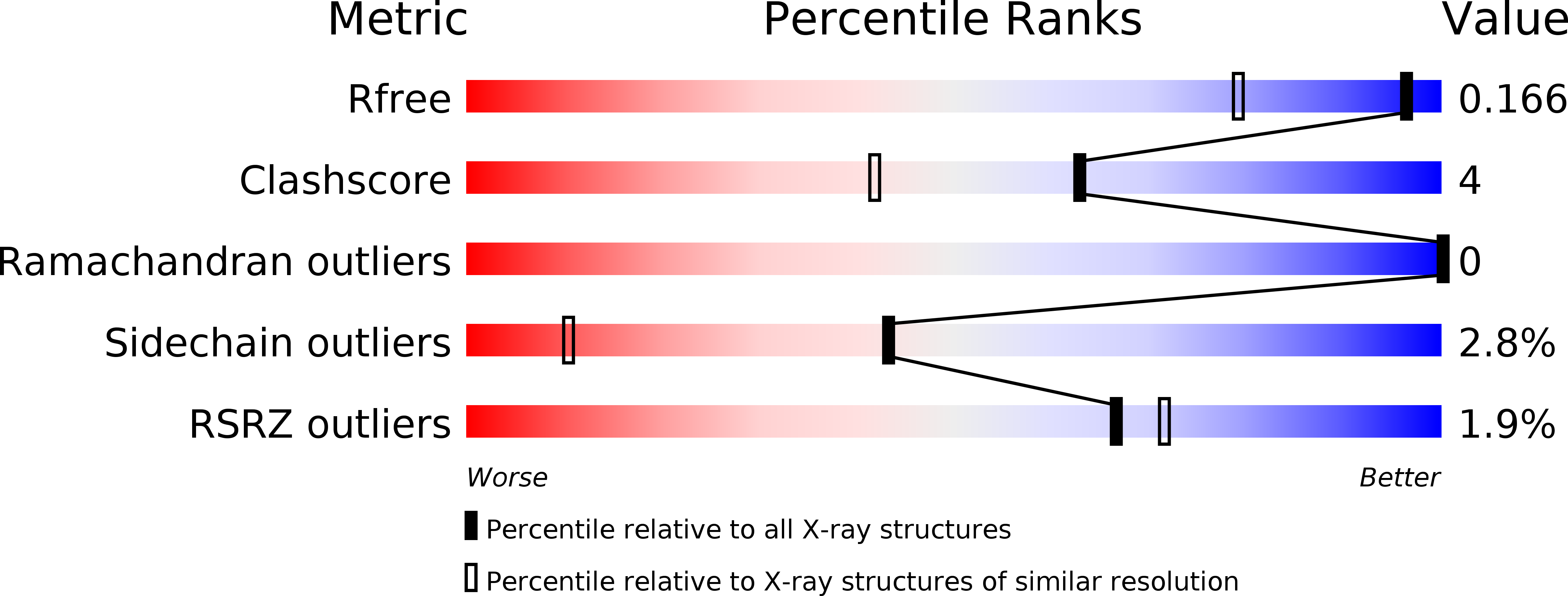
Deposition Date
2014-08-14
Release Date
2015-01-21
Last Version Date
2024-10-16
Entry Detail
PDB ID:
4R3B
Keywords:
Title:
Crystal structure of SHV-1 b-lactamase in complex with 6b-(hydroxymethyl)penicillanic acid sulfone PSR-283A
Biological Source:
Source Organism:
Klebsiella pneumoniae (Taxon ID: 573)
Host Organism:
Method Details:
Experimental Method:
Resolution:
1.37 Å
R-Value Free:
0.17
R-Value Work:
0.13
R-Value Observed:
0.13
Space Group:
P 21 21 21


